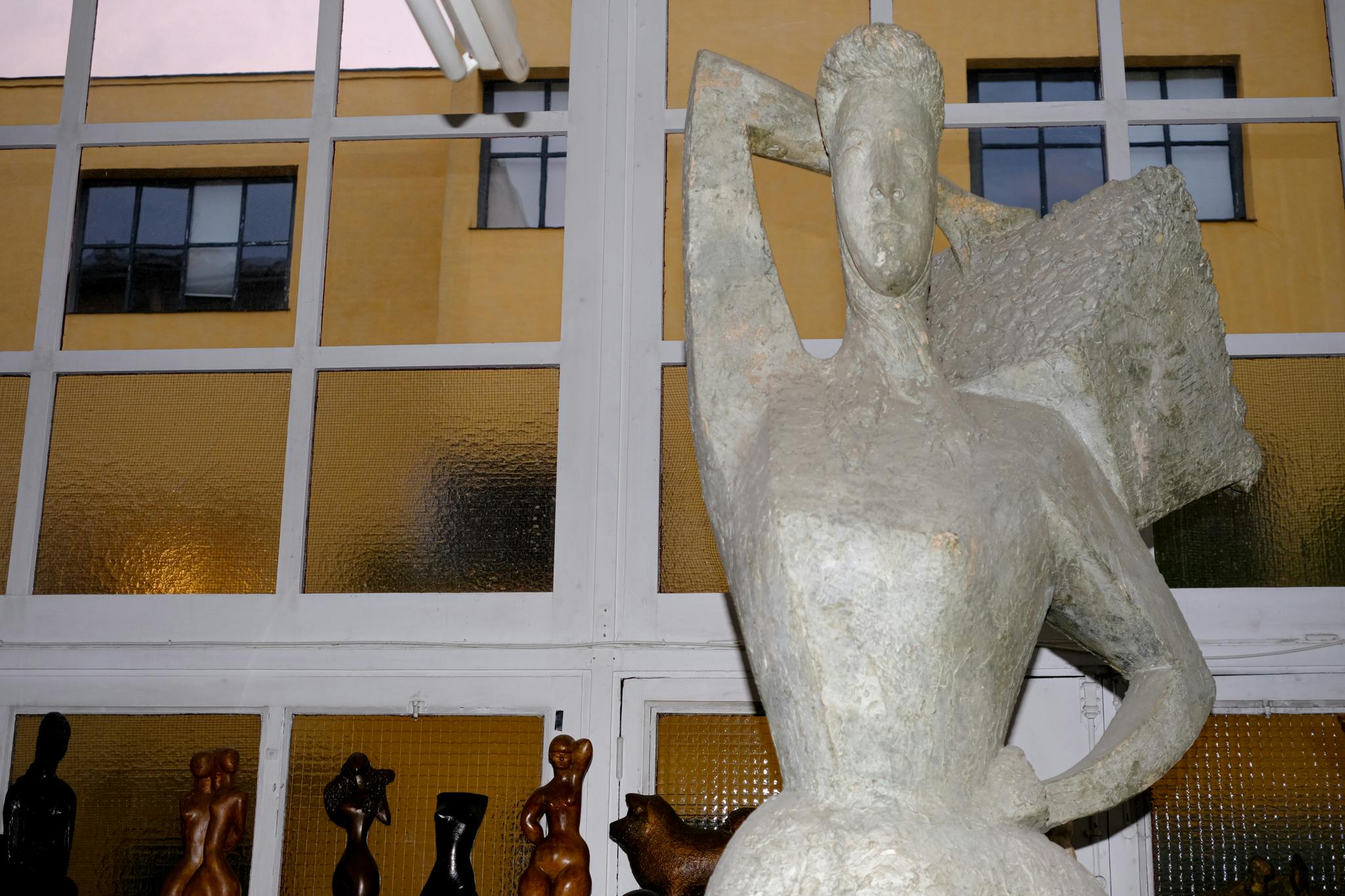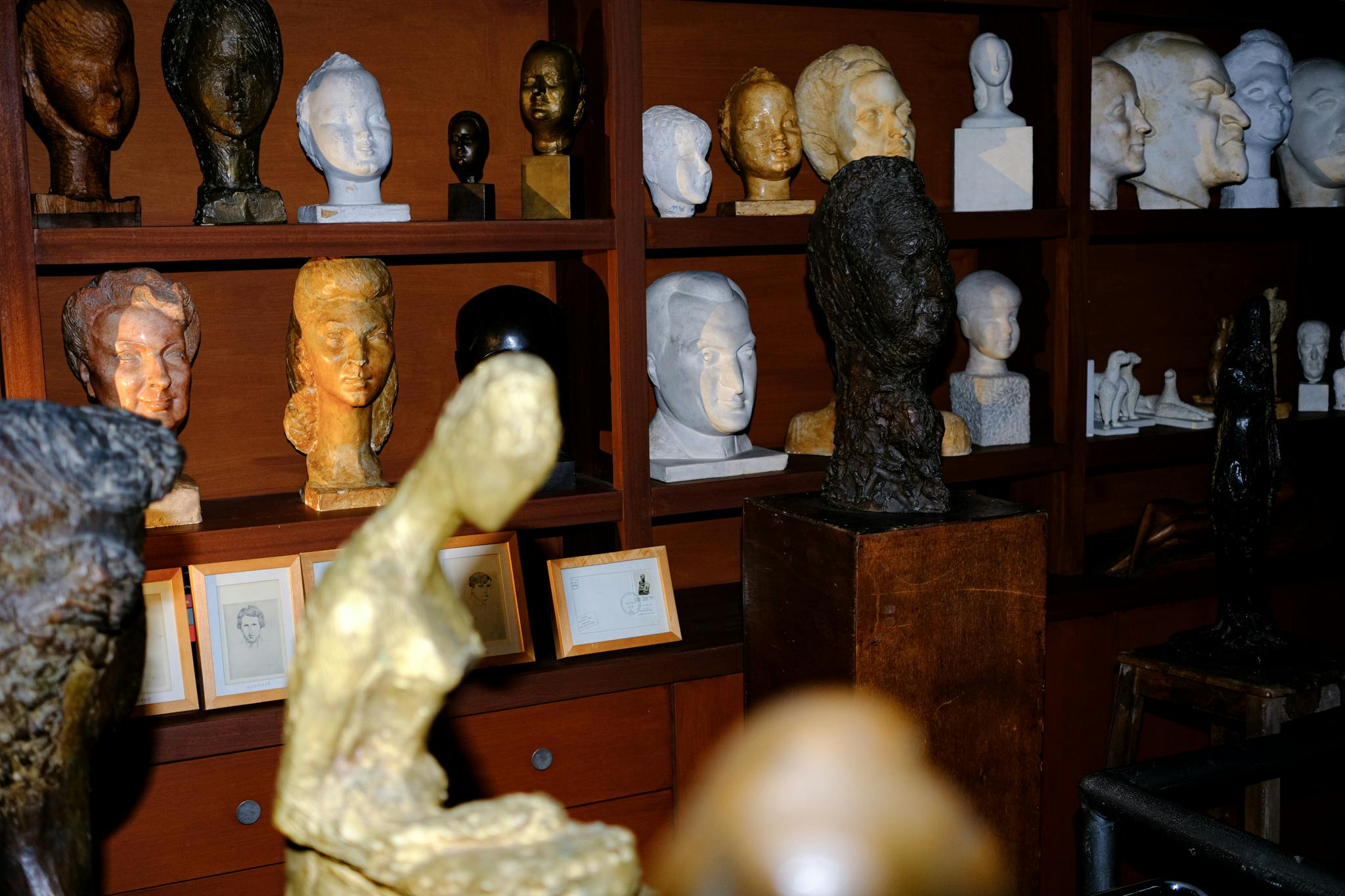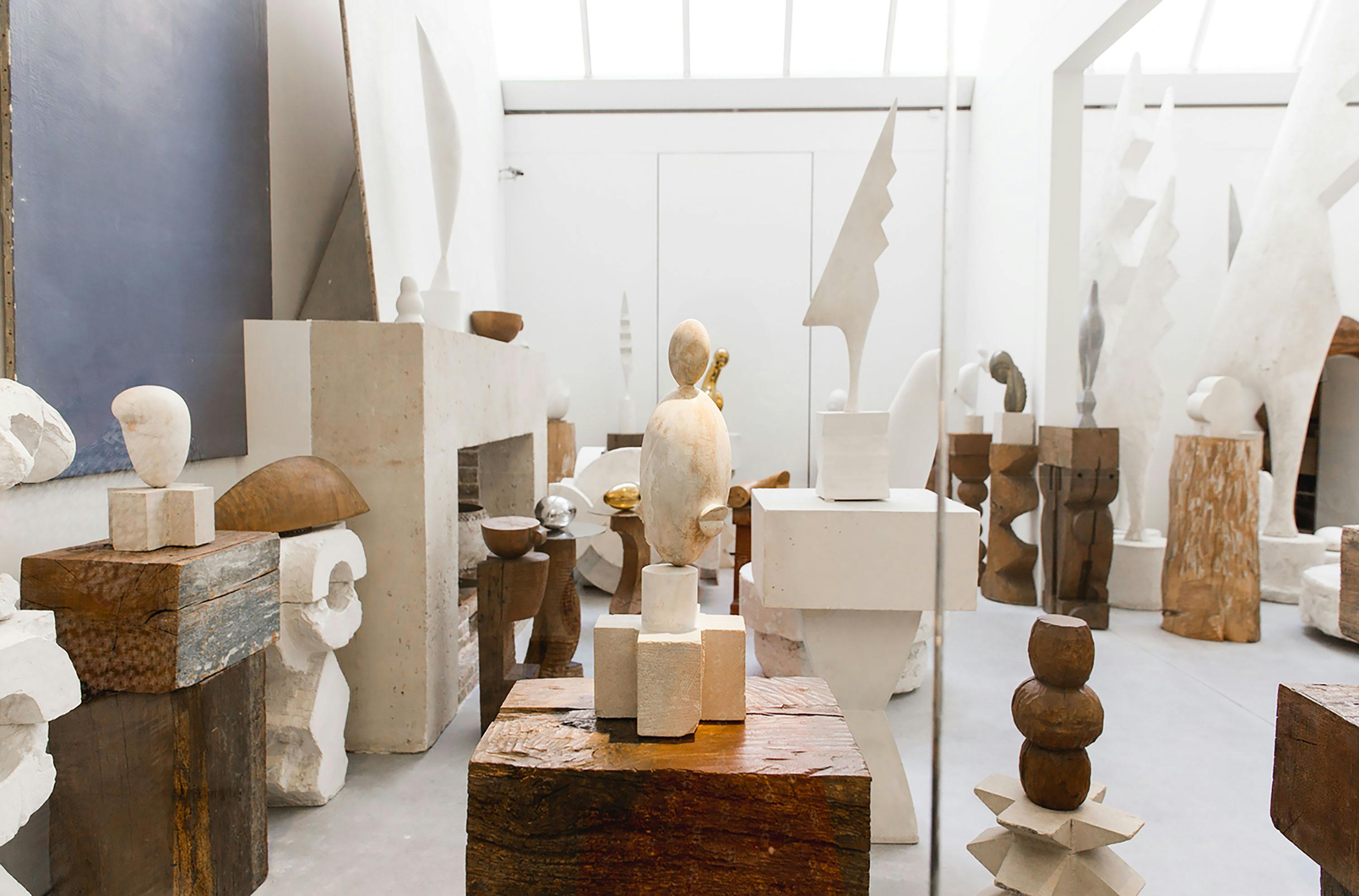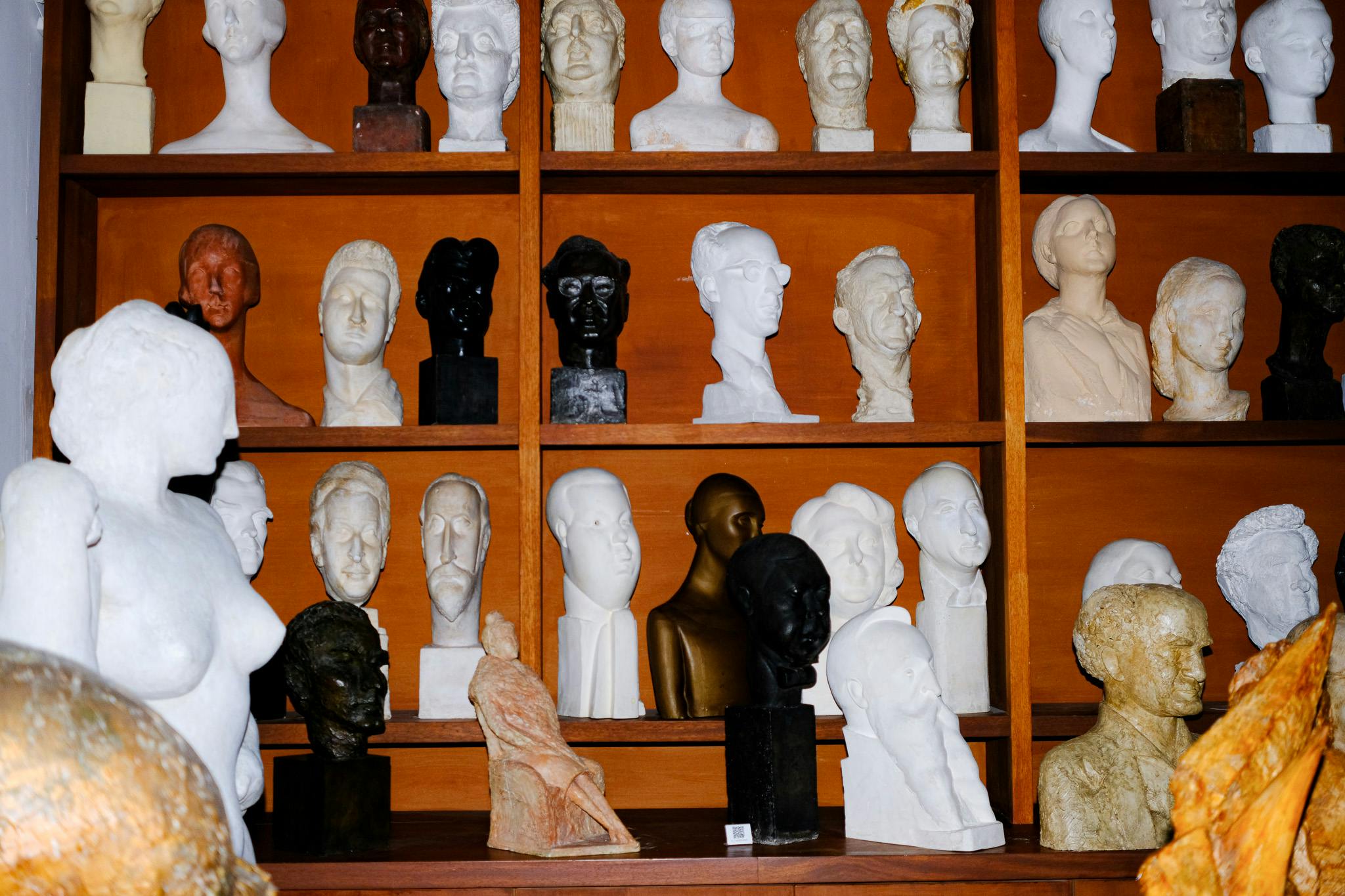
Atelier Chana Orloff
The street, Villa Seurat in the 14eme Arrondissement of Paris, was a plot of land where painter Jean Lurçat and his brother, architect André Lurçat, had the idea of creating an accessible and inexpensive artists' residences which included the home and workspace of Ukranian-Palestinian Sculptor Chana Orloff.
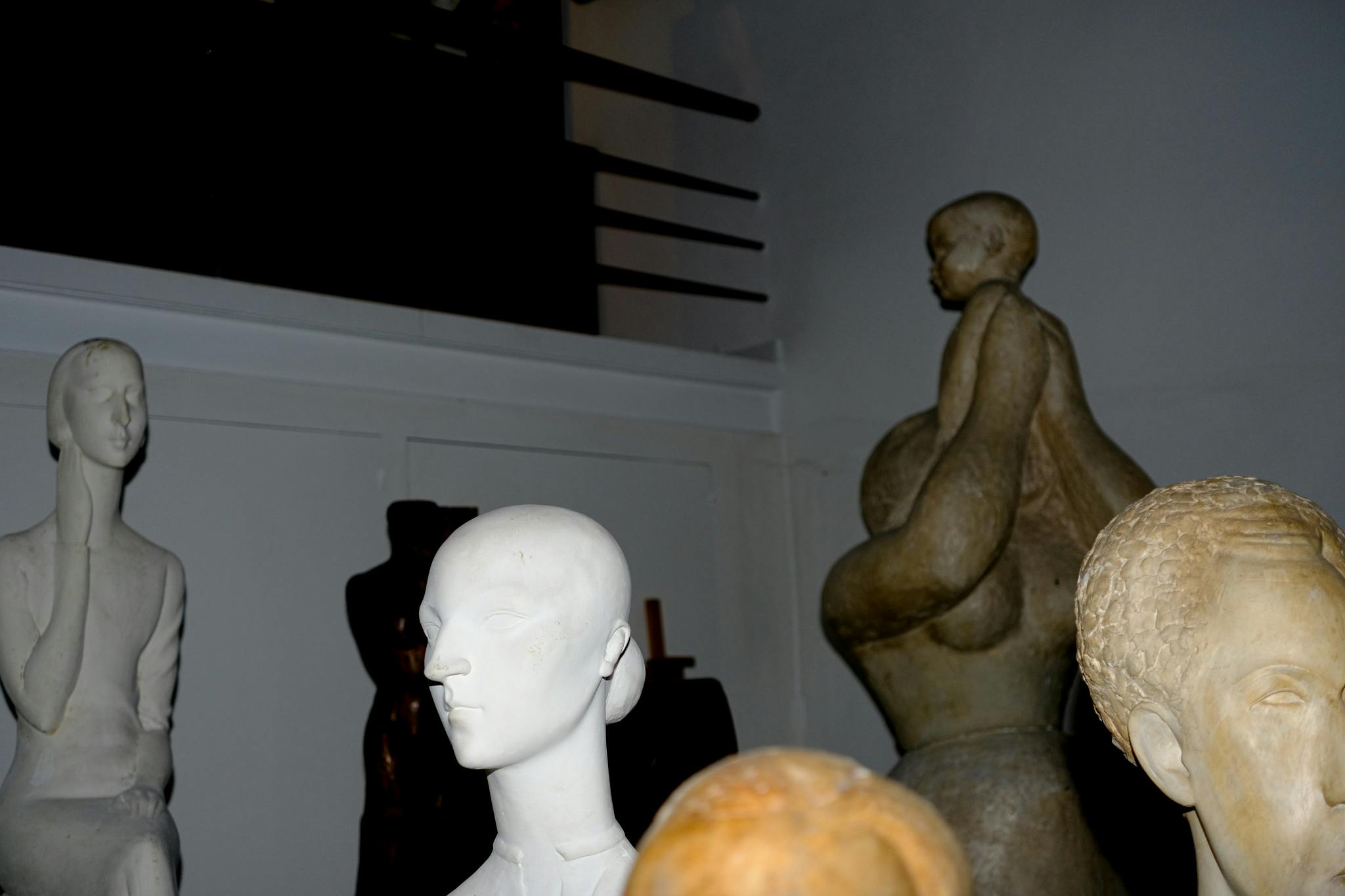
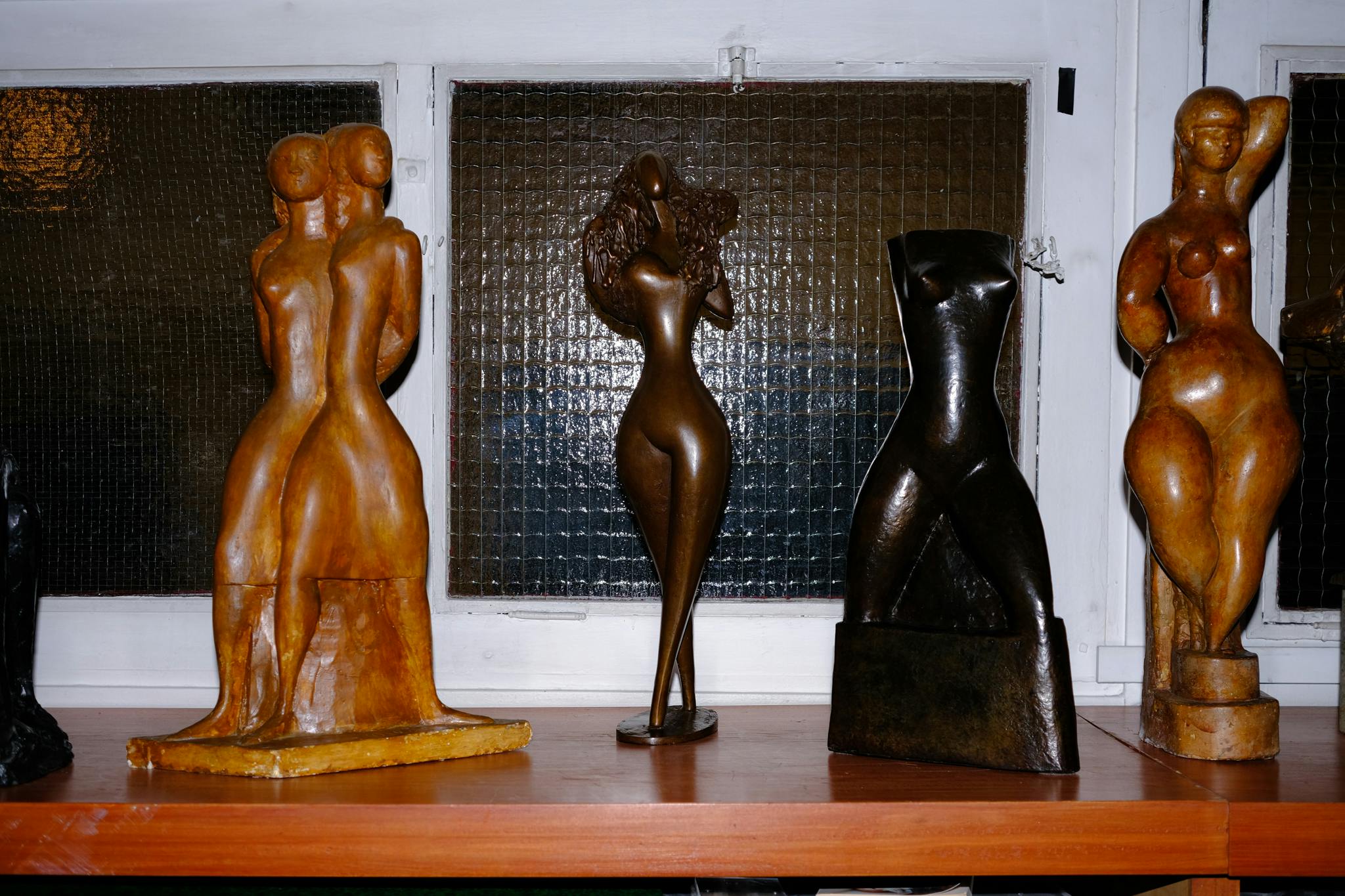
Passing several touristic brasseries with oppressive red neon lights on the main Boulevard, we ducked down a side street and were soon thereafter transported back to 'les années folles'; 1920s Paris. A narrow cobble-stoned street in Paris' 14eme arrondissement finds itself a time-portal refuge for a dizane of 1920s Modernist Villas and Ateliers.
The street, Villa Seurat, was a plot of land nearby Montparnasse where painter Jean Lurçat and his brother, architect André Lurçat, had the idea of creating an accessible and inexpensive artists' residences which included the home and workspace of Ukranian-Palestinian Sculptor Chana Orloff.
In order to escape the pogroms, Ukrainian-born Chana Orloff immigrated with her family to Ottoman Palestine in 1905. They settled in Petah Tikva (Gateway of Hope), the first Jewish agricultural settlement in Palestine. To avoid arranged marriage, Orloff trained as a seamstress and eventually immigrated to Paris to study fashion. In 1926 she moved into this live/work space on Villa Seurat, where she lived and worked until 1968. She fled to Switzerland during the Nazi occupation of Paris for several years until 1945. When she returned, her ateliers had been ransacked, and all sculptures destroyed.
If you are as lucky as I was, you may find the occasion to join one of the 'Phantom' night tours of the Atelier, which has been preserved, showcasing over 200 of Chana's sculptures. Armed with a small flashlight, the layered experience both reanimates Chana's impressive breadth of work whilst simultaneously enveloping us in the darkness of the numerous struggles she endured and overcame as a Jewish Female Artist during World War II.
